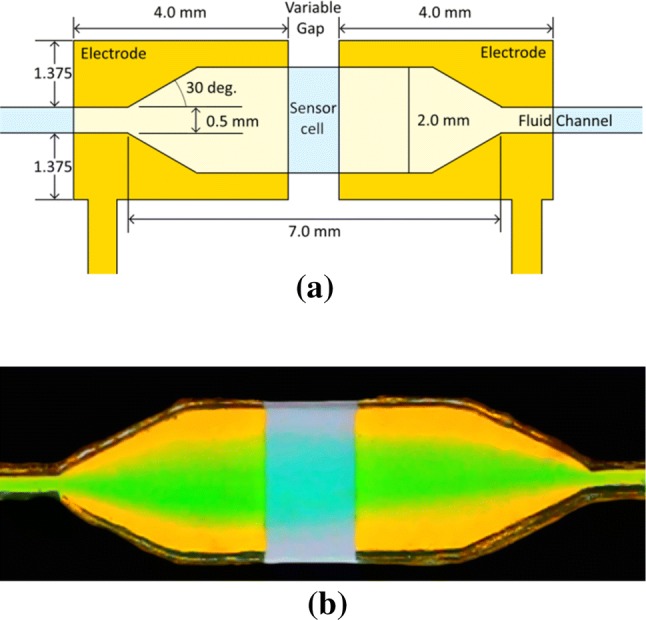Autonomous regular analysis of oceanic dissolved inorganic carbon (DIC) focus with depth is of good significance with regard to ocean acidification and native climate change.
However, miniaturisation of in situ analysis applications is hampered by the size, worth and vitality requirements of standard optical instrumentation.
Here, we report a low-cost microfluidic totally different based totally on CO2 separation and conductance measurements that might consequence in built-in lab-on-chip applications for ocean float deployment, or for moored or autonomous flooring automotive functions.
Conductimetric dedication of focus, in the seawater differ of 1000-3000 µmol kg-1, has been achieved using a microfluidic thin-film electrode conductivity cell and a membrane-based gas alternate cell. Sample acidification launched CO2 by manner of the membrane, reacting in a NaOH service, later drawn by manner of a sub-µL conductivity cell, for impedance versus time measurements. Precision values (relative commonplace deviations) had been ~ 0.2% for peak peak measurements at 2000 µmol kg-1.
Comparable precision values of ~ 0.25% had been obtained using a C4D electrophoresis headstage with comparable measurement amount. The required full sample and reagent volumes had been ~ 500 µL for the low amount planar membrane gas alternate cell. In distinction, earlier conductivity-based DIC analysis applications required full volumes between 5000 and 10,000 µL.
Long membrane tubes and macroscopic wire electrodes had been averted by incorporating a planar membrane (PDMS) in the gas alternate cell, and by sputter deposition of Ti/Au electrodes immediately onto a thermoplastic (PMMA) manifold.
Future effectivity enhancements will sort out membrane chemical and mechanical stability, extra amount low cost, and ingredient integration into a single manifold.

Overcoming the bottleneck to widespread testing: A speedy consider of nucleic acid testing approaches for COVID-19 detection.
The current COVID-19 pandemic presents a vital public effectively being catastrophe, and a larger understanding of the scope and unfold of the virus may very well be aided by additional widespread testing. Nucleic-acid based totally exams on the second provide basically essentially the most delicate and early detection of COVID-19.
However, the “gold commonplace” take a have a look at pioneered by the United States Center for Disease Control & Prevention, takes a quantity of hours to complete and requires in depth human labor, provides much like RNA extraction kits that might develop into in temporary present and relatively scarce qPCR machines.
It is clear that a monumental effort should be made to scale up current COVID-19 testing by orders of magnitude. There is thus a pressing need to guage totally different protocols, reagents, and approaches to allow nucleic-acid testing to proceed in the face of these potential shortages. There has been a giant explosion in the amount of papers written all through the primary weeks of the pandemic evaluating potential advances, comparable reagents, and choices to the “gold-standard” CDC RT-PCR take a have a look at.
Here we present a assortment of these present advances in COVID-19 nucleic acid testing, collectively with every peer-reviewed and preprint articles.
Due to the speedy developments all through this catastrophe, we have included as many publications as doable, nevertheless many of the cited sources have not however been peer-reviewed, so we urge researchers to extra validate outcomes in their very personal labs.
We hope that this consider can urgently consolidate and disseminate information to help researchers in designing and implementing optimized COVID-19 testing protocols to increase the provision, accuracy, and tempo of widespread COVID-19 testing.
